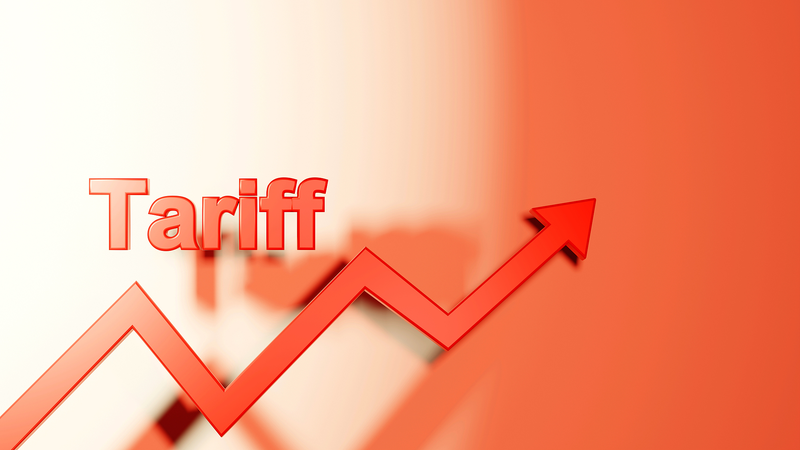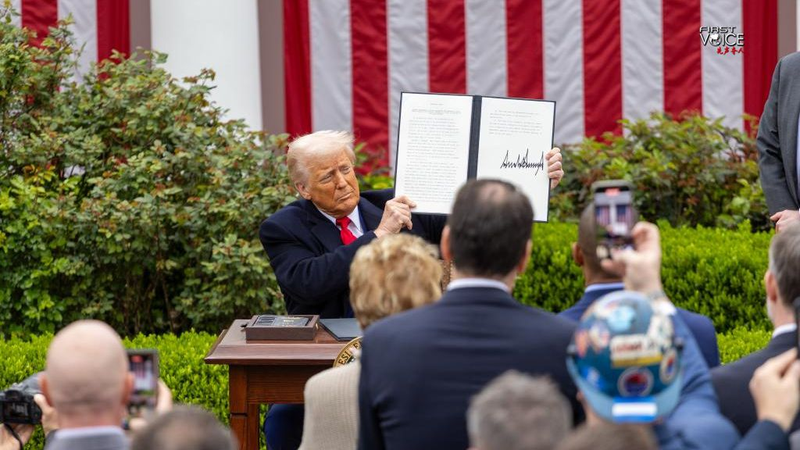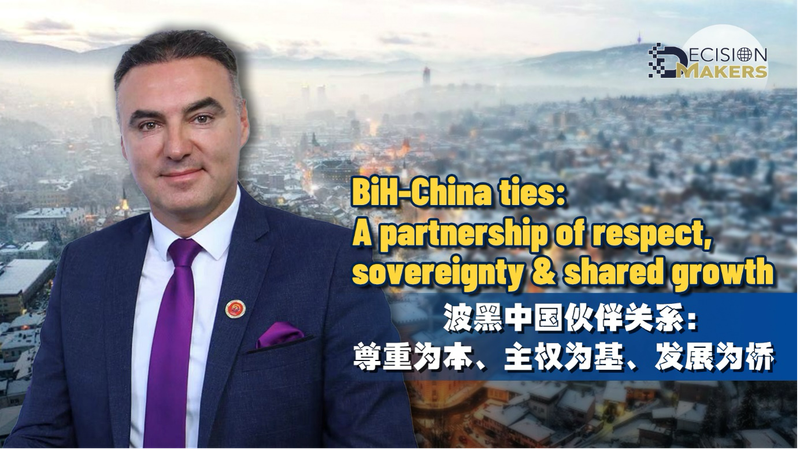China's annual Central Economic Work Conference (CEWC), which concluded in Beijing on December 12, has set the economic tone for 2025 amidst global uncertainties and domestic challenges. The conference underscored a commitment to reinforcing economic resilience, boosting domestic demand, and sustaining high-quality development, aligning with China's 14th Five-Year Plan for the 2021-2025 period.
A key takeaway from the CEWC is the government's willingness to adopt a more expansionary fiscal stance. By raising the fiscal deficit ratio and expanding treasury bond issuances, China's leadership aims to inject liquidity into the economy, stimulate consumption, and fund infrastructure projects. This shift is crucial as external headwinds, including geopolitical tensions and sluggish global growth, continue to impact China's export-dependent industries.
Parallel to fiscal policies, monetary easing has also been emphasized. Policymakers indicated potential further rate cuts and a reduction in banks' reserve requirement ratios, aimed at increasing credit availability and reducing borrowing costs. These measures are designed to encourage businesses and consumers to invest and spend, reinforcing domestic demand as a pillar of economic stability.
The coordination between fiscal expansion and monetary easing demonstrates a strategic approach to economic management, balancing short-term stimulus with long-term sustainability. By synchronizing these measures, policymakers aim to counteract global economic uncertainties while maintaining internal economic stability.
Chinese President Xi Jinping, who chaired the CEWC, emphasized the critical role of consumption in driving China's economic recovery and growth. According to data from the National Bureau of Statistics, consumption contributed 49.9 percent to economic growth in the first three quarters of 2024. The conference's focus on campaigns to boost consumer spending aligns with these current trends.
To achieve increased consumption, the government plans targeted measures such as stimulating demand for smart home appliances, green technologies, and health-related products. Investments in entertainment, tourism, and cultural sectors will diversify and strengthen the consumption landscape. Additionally, efforts to increase incomes, expand the middle-income group, and optimize the overall consumption environment are on the agenda.
At the heart of the policy blueprint is a commitment to high-quality development, a hallmark of Xi's economic vision. The conference called for innovation to lead industrial transformation, with strategic support for emerging sectors like quantum technology, life sciences, and low-carbon industries. Investments in green technologies, including renewable energy and electric vehicles, not only align with China's climate goals but also position the country as a global leader in the green economy.
This focus on quality over quantity reflects a strategic pivot from the rapid growth model of the past to a more sustainable and innovation-driven framework. By prioritizing technological self-reliance and eco-friendly development, China aims to mitigate vulnerabilities in global supply chains and address environmental concerns simultaneously. These initiatives are expected to foster long-term economic resilience and international competitiveness.
Reference(s):
CEWC a blueprint for China's sustainable and inclusive growth in 2025
cgtn.com




